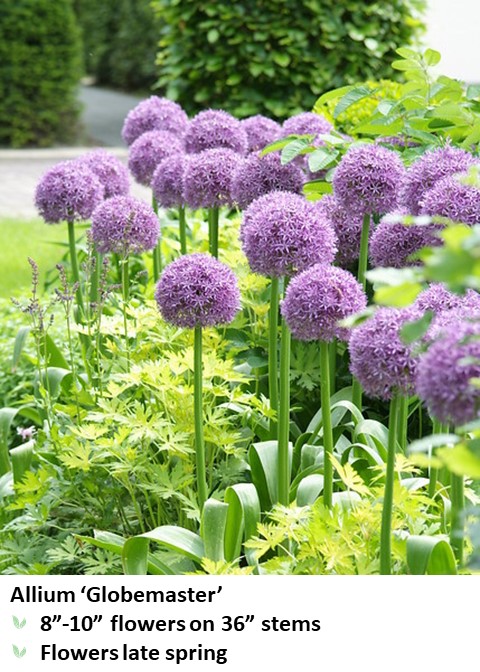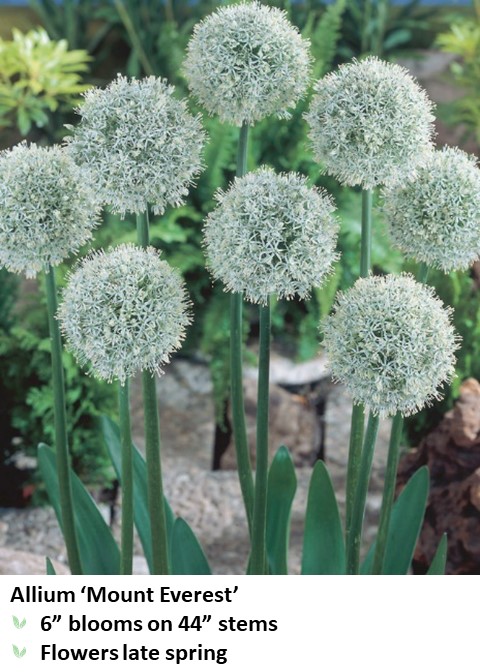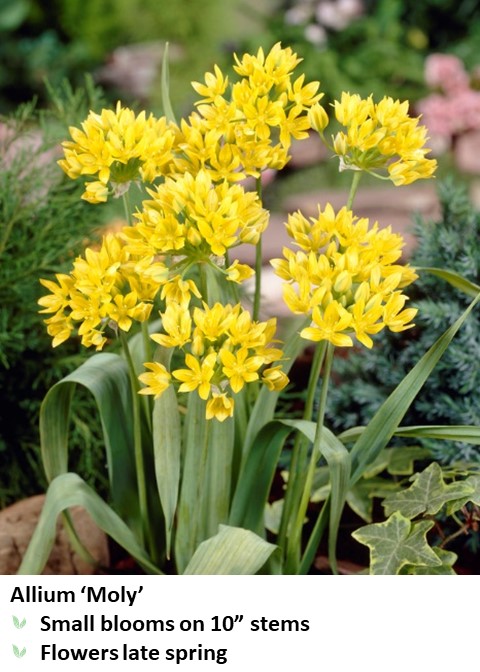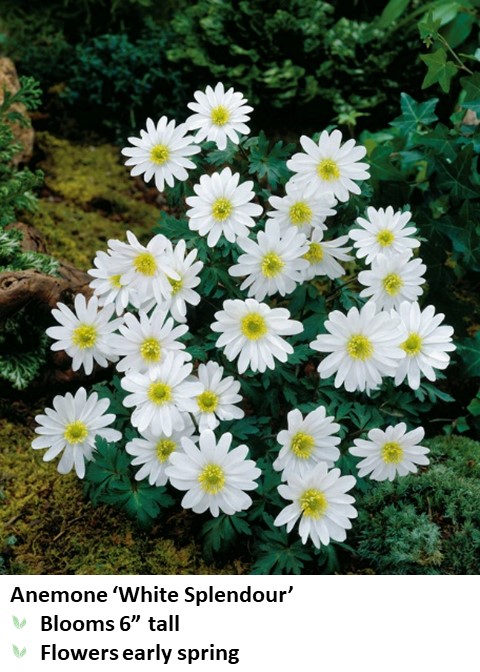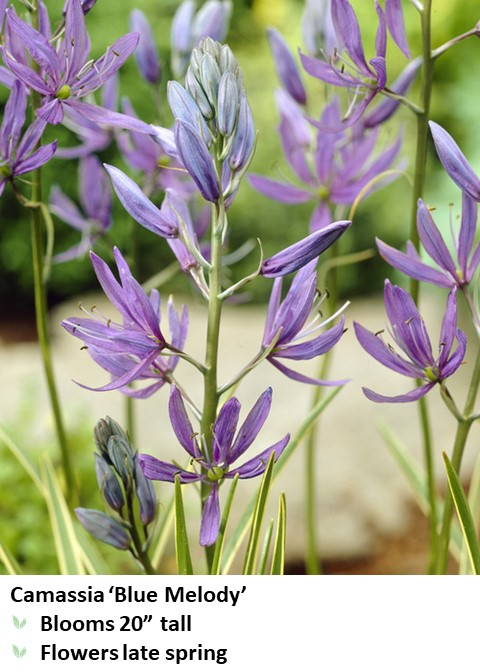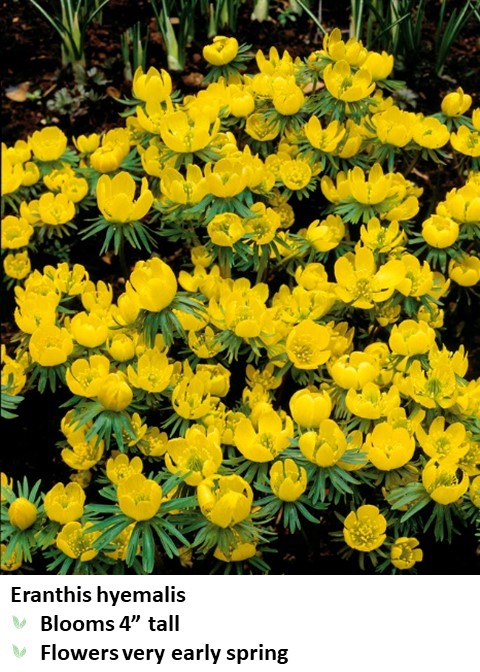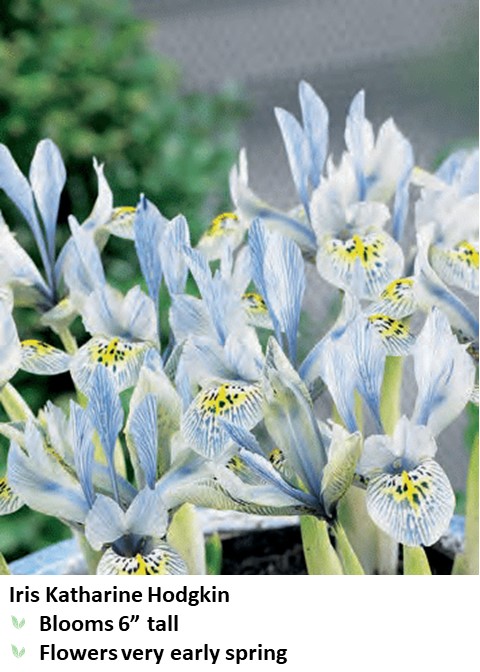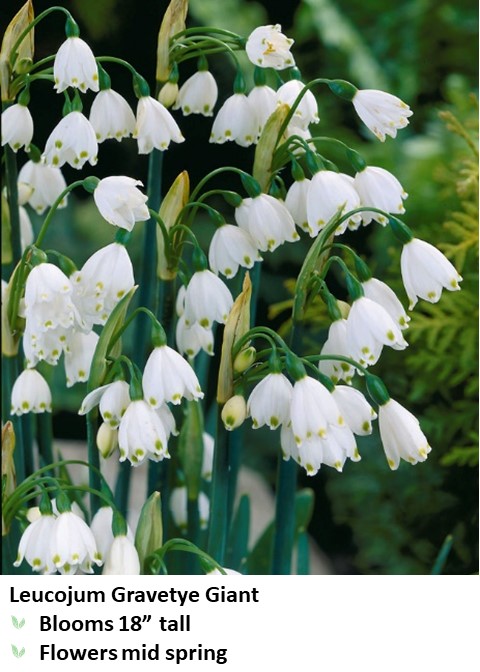Fall is an important time for lawns and gardens.
In general, fall is a great time to plant perennials, shrubs and trees. The later in the season we get, the greater the chance of “frost heave” with newly planted items. If you fall plant in October onward, please, please, please put a thick layer of mulch on the plants – perennials, shrubs or trees. This will help insulate the roots, reducing the frequency of freeze / thaw cycles. The other important thing to do is remove excess mulch in the spring!

Sometimes, newly installed plants need winter protection. As a general rule of thumb, we do not use plants that need protection every winter, but we may have to protect for the first winter. We put burlap over stakes in November and remove the following March.
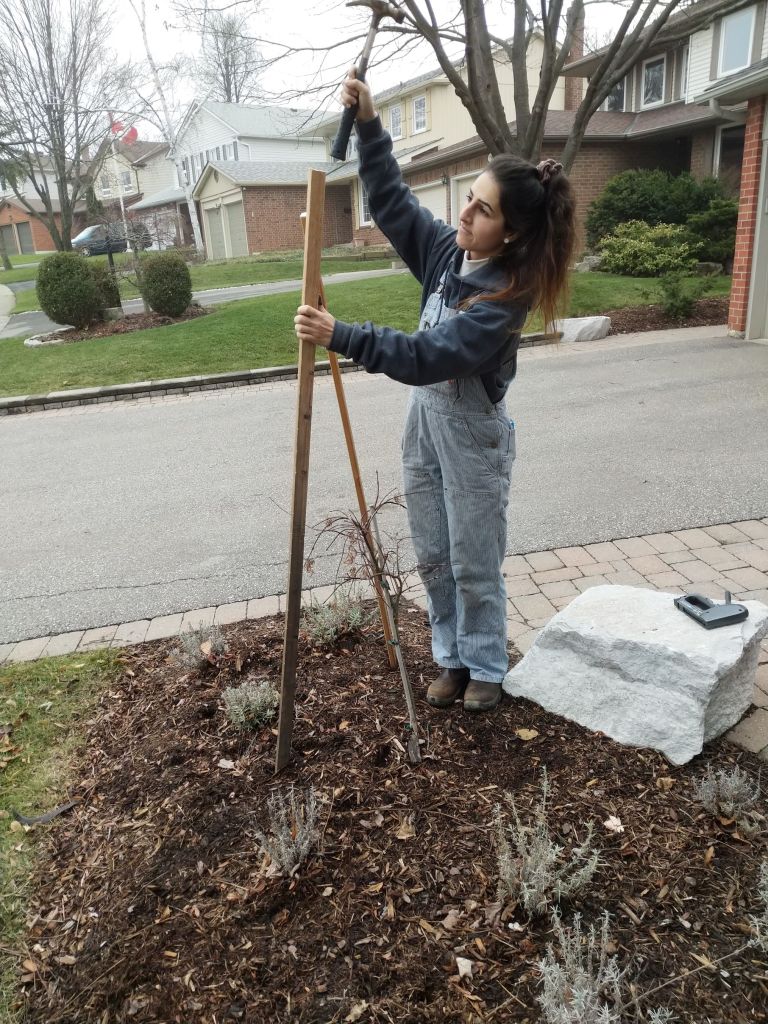
As usual, if you have any questions, please reach out to us! Now is a great time to get a head start on next year’s garden and landscape design. Book us now and get a treat!
Lawns
From September through November, there are some important things you need to keep in mind with regards to your lawn.
You still have a window of opportunity in September to aerate, topdress and overseed your lawns. Please do not aerate unless the soil needs it. Aeration is an invasive process and damages the lawn and soil. If it ain’t broke, don’t fix it. Think of aeration like surgery. Explore every other option before going under the knife.
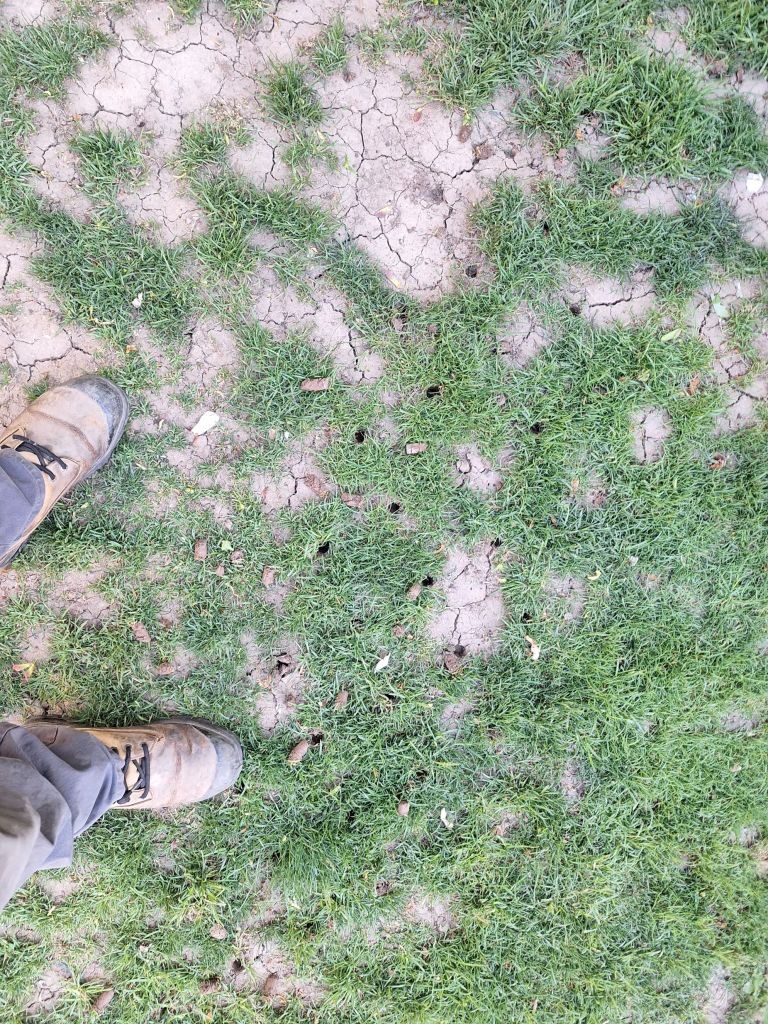
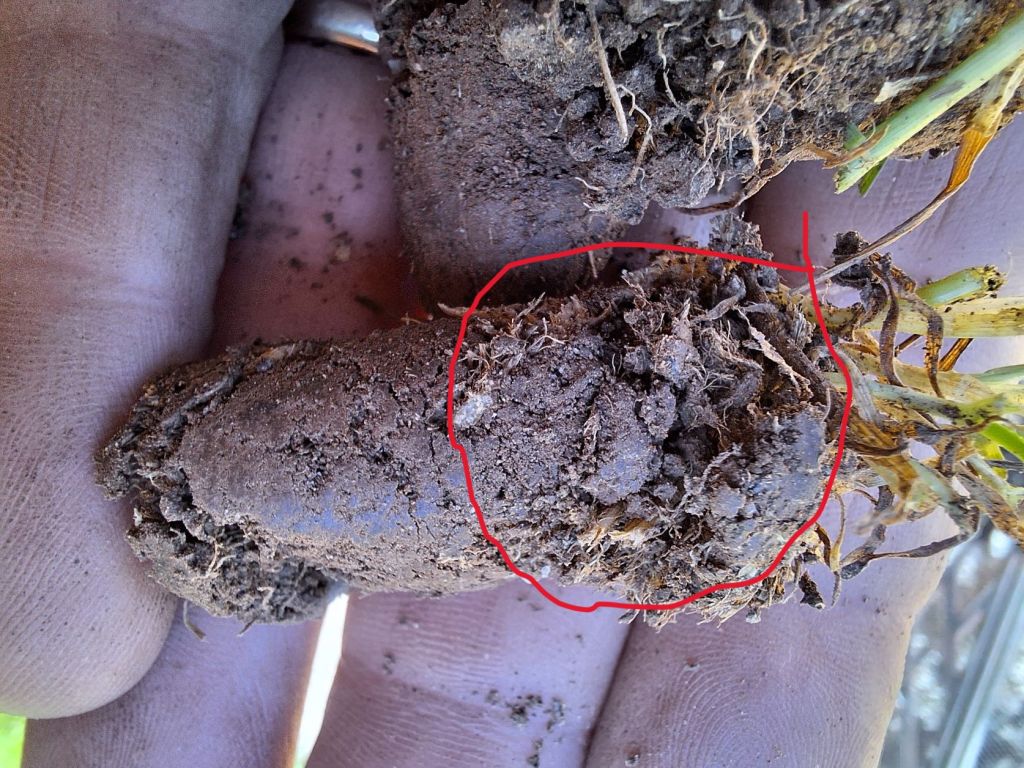
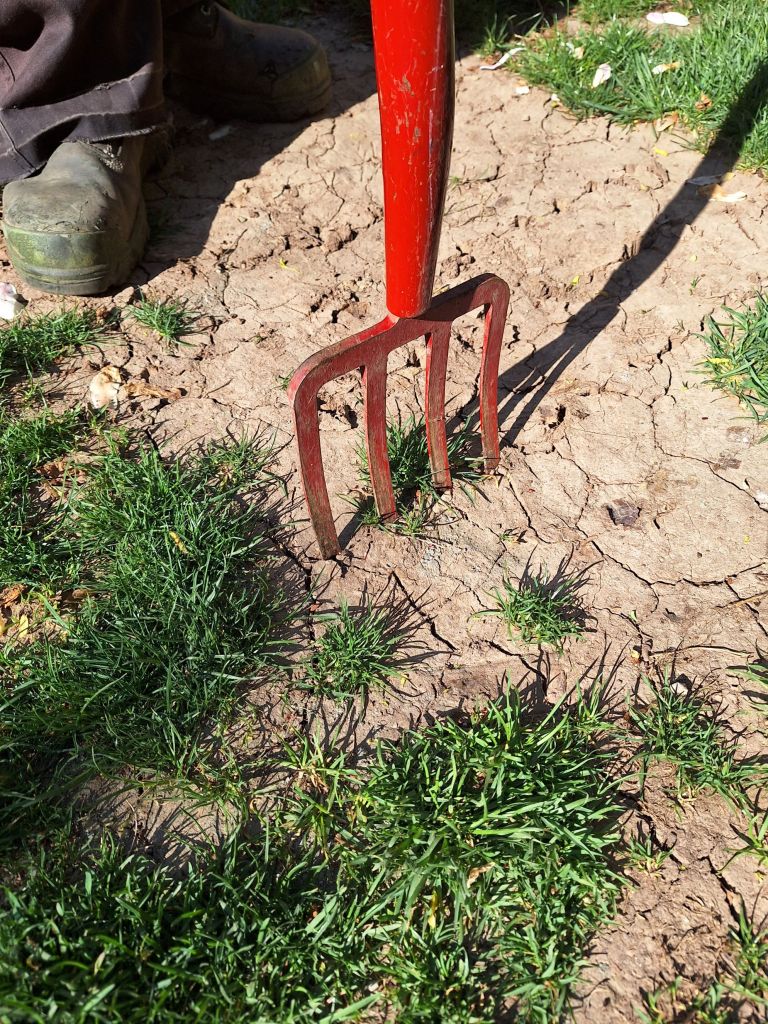
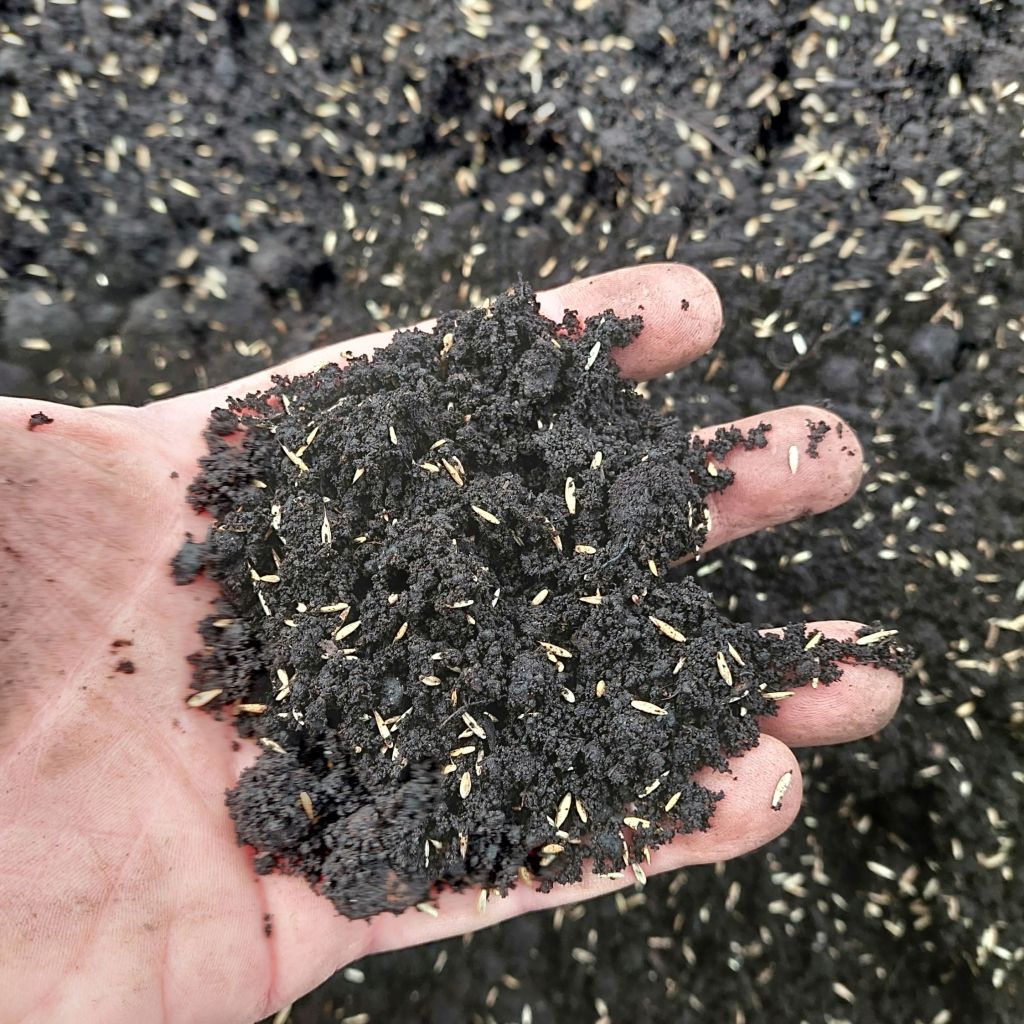
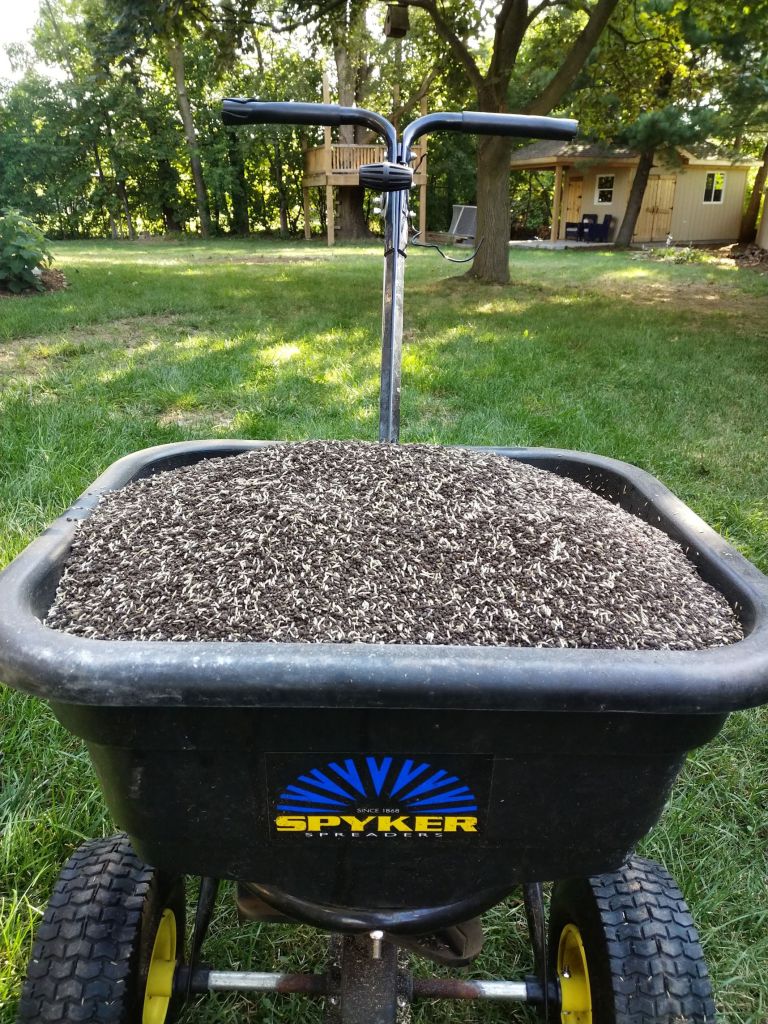
Leaves
When my lawn is covered with leaves, it looks really pretty. The yellow, orange and red blanket is really quite pleasing. Pleasing to me that is, my lawn has a different take on things.
This blanket cuts out light from the lawn. The grass plants are going through vegetative growth in the fall – up until winter dormancy. This is a very important time for the lawn as “all” it is doing is making and storing carbohydrates to help it get through the winter and start next spring’s growth in a strong manner. The leaves are blocking out the light. If you do not remove the leaves, you could end up with dead patches – worst case scenario.
Remove the leaves as they accumulate. As leaves start to fall, they do so very slowly at first. Instead of blowing or raking leaves off our clients’ lawns, we mulch them. There was a study I read (I apologize, I didn’t archive it so I cannot cite the study) from an arboretum in Michigan. For decades they have not removed leaves from the lawns – they have only mulched them into the lawns. No detrimental affect was noted.
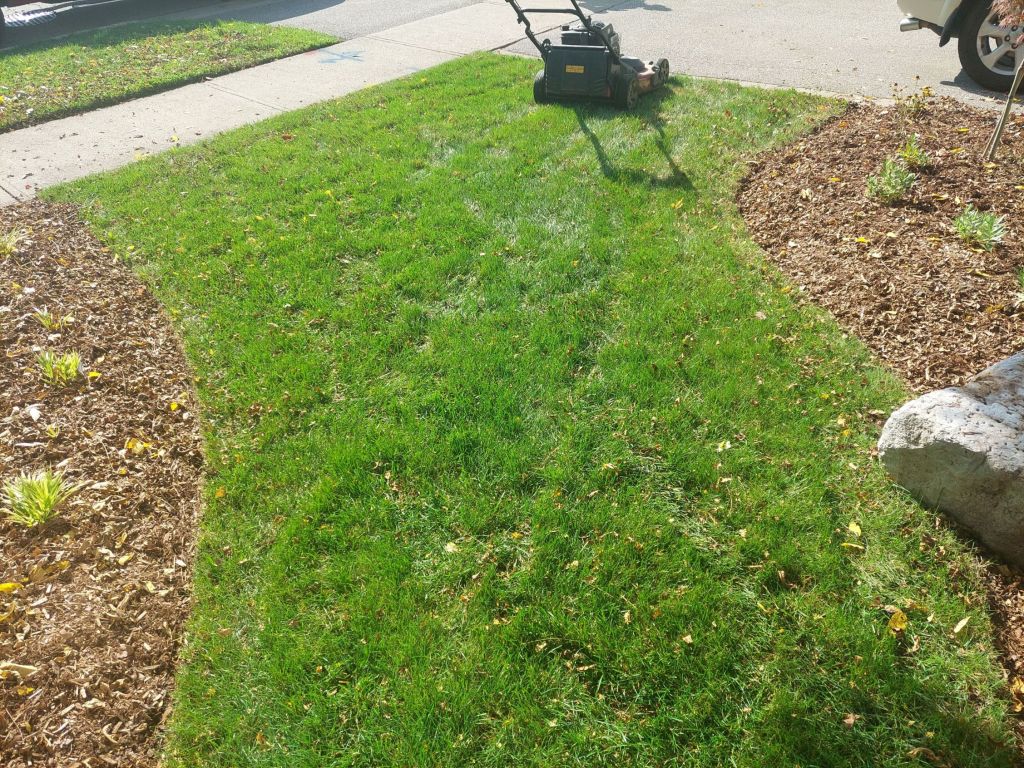
Once we get to the end of October and into November we have a MOUNTAIN of leaves to deal with. It is very important to remove leaves from lawns. Also it is important to remove leaves from hard structures, decks, patios, along the house, shed, garage. Interlocking stove can be stained by leaves – especially leaves high in tannins such as oaks. Wooden structures can start to rot if we let wet leaves accumulate on them. Leaves along a house can make it much easier for field mice to find an entrance into the home. Mice are cute until you see one eating bird seed in your garage!
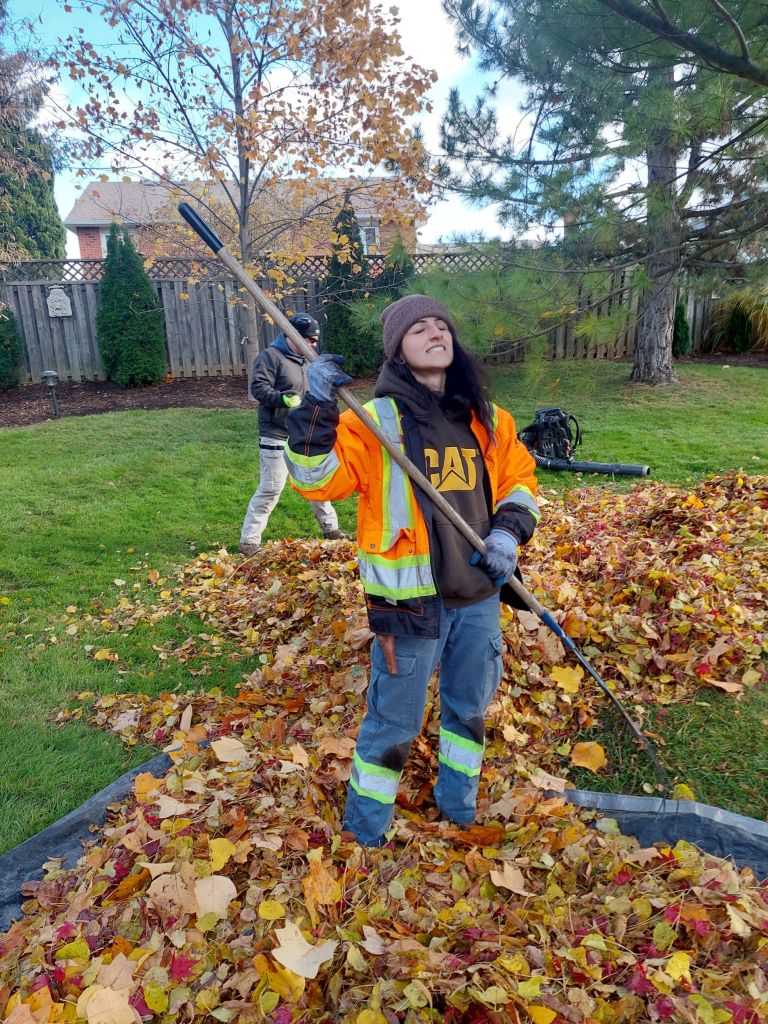
All of the municipalities in our area have excellent composting programs. The brown bags full of leaves are taken to a composting facility and turned into brown gold! Here in Halton, there is a compost give-away annually. Sending leaves to be composted is a good thing to do. If you live in a rural area, don’t burn the leaves, find a spot to compost them and use that lovely leaf mould in your gardens,
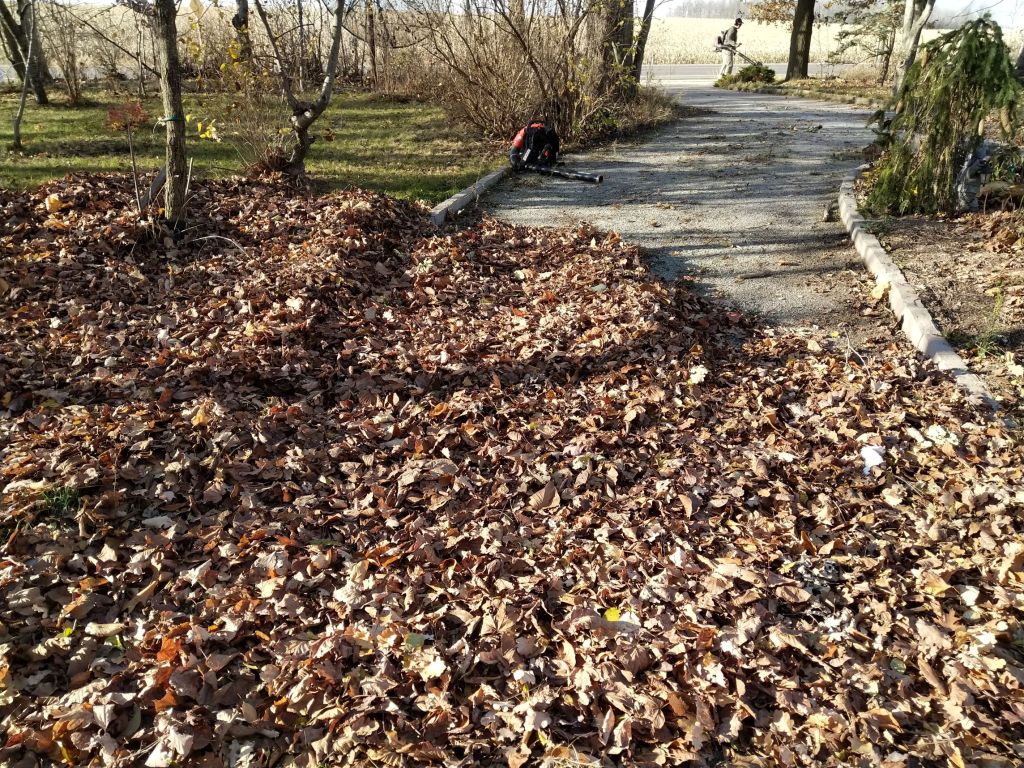
Keep mowing your lawn until it does not need it any more. Remember to cut no more than ½ of the leaf blade.
The last week of October is the last fertilizer application you need to make to your lawns. Any earlier than this may promote a late season flush of growth which is a bad thing as it reduces the lawn’s winter hardiness.
Gardens
There are a lot of things to do in the garden fem September through to freeze up.
Dead Heading and Pruning
Some people like to leave plants “up” for the winter. Seed heads, etc., can give a garden winter interest. Some people like their gardens completely cleaned up before winter – dead heading all of the perennials, removing all of the annuals. And some people leave all sorts of leaf litter, seed heads, etc., in their garden to be habitat for insects to over winter in.
Guess what? To each person they are correct. So make your garden what you want it to be. If you think it is right to dead head to reduce the height of a plant do so.
Personally, I do not like to prune woody plants too late in the season. I do not do any significant fall pruning. The only exception would be roses. I will prune roses to about knee height in the fall. This is to reduce any potential damage from snow piling on them breaking branches. Later in the winter, or even early spring I will prune the roses correctly. More about that later!
Grasses in the garden are a little different. Most of our client like them left throughout the winter for their dynamic look. If you do cut ornamental grasses back, do not cut them to the ground. Depending on the height they grow, leave some of the stems, even up to 2’ or 3’ (+/- 1M) tall. The older stems will act as support for the newest growth coming next year.
We have clients with very formal gardens. We remove all of the leaves and debris from their gardens in the fall. My garden isn’t as formal. We leave as many of the leaves we can in the garden. The leaves will decompose in the fall and spring returning nutrients to the plants. They also add some habitat for over wintering beneficial insects. They also provide habitat for detrimental insects… I am personally more interested in the benefits of leaving some debris in the garden rather that any negative impacts that MAY be present….
One thing to keep in mind when you are deciding to leave or take leaves and litter out of the garden in the fall is spring will be the time to add new mulch. As the leaves and litter decompose in the fall and spring, so is the layer of mulch you have. The “top up” of mulch in the beds covers the leaves and litter allowing them to fully decompose adding nutrients and organic matter to the soil biome.
Spring Bulbs
Fall is the time to plant the spring garden. If you are interested in a spring garden, now is the time to plan it. Call us and we can put an amazing garden together for you. We will include a box of rodent and deer repellant – FREE.
Here are some of my favourites for you!
